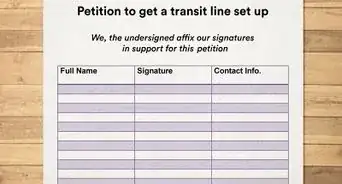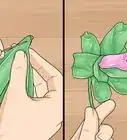This article was co-authored by Kathryn Kellogg. Kathryn Kellogg is the founder of goingzerowaste.com, a lifestyle website dedicated to breaking eco-friendly living down into a simple step-by-step process with lots of positivity and love. She's the author of 101 Ways to Go Zero Waste and spokesperson for plastic-free living for National Geographic.
There are 11 references cited in this article, which can be found at the bottom of the page.
wikiHow marks an article as reader-approved once it receives enough positive feedback. In this case, 90% of readers who voted found the article helpful, earning it our reader-approved status.
This article has been viewed 113,140 times.
Becoming an environmentalist is a fun and fulfilling way to conserve the world around you. There are many ways in which the Earth needs help, so you can always find ways to contribute that suit your skills and passions. You can work as a professional environmentalist, volunteer on your free time, or even start conserving resources at home. Environmentalism involves understanding how human activities affect nature, so even seemingly small contributions make a difference in preserving the Earth.
Steps
Joining an Organization
-
1Research different environmental issues to discover your passions. There are a seemingly unlimited number of interconnected environmental issues out there for you to tackle. Through environmental activism, you can help protect endangered species, clean up pollution, reduce carbon dioxide emissions, recycle, and promote renewable energy, among many other activities. Find out what calls to you so you can find ways to contribute.[1]
- Read about nature and environmental science. Get informed by reading books, magazines, websites, and news articles about nature, environmental science, and environmentalist causes.
- No matter what you do during the day, you can find ways to contribute. You don’t need to focus on a single area, but doing so can help expose you to new ways to contribute to environmentalist causes.
-
2Find local environmental groups in your area you can work with. The easiest way to get involved right away is to work with a group that already exists in your area. Search online for volunteer opportunities and look for regional chapters of well-known environmental groups like the Sierra Club. Many schools and universities also have environmental groups for students who wish to get involved.[2]
- For example, if you are still in school, join a service group like Key Club and suggest environmental efforts. You could adopt a road or beach and help pick up trash.
- If you’re willing to travel abroad, there are many opportunities available around the world. Animal preserves often take volunteers, or you can contribute to various other conservation projects.
Advertisement -
3Contact environmentalists and organizations for volunteer information. Certain people and conservation groups have become leaders in environmentalism. Look online to find contact information, then write, call, or email them for inspiration. Ask any questions you have about ways you can get involved or make a difference in your area.
- For example, Jane Goodall is an expert on primates. You can contact the Jane Goodall Institute at http://www.janegoodall.org/about/contact/.
- Many organizations and environmentalists work with schools, businesses, and other organizations. They often make speaking engagements in order to teach others about the environment.
-
4Use your talents to advocate for the environment in your own way. There are a variety of ways to be a committed environmentalist. If you’re a people person, you might feel comfortable becoming a docent and leading nature walks at your local park. If you prefer writing, you could write to your local politicians to advocate ways to protect nature. Find activities that feel rewarding to you and contribute in a way that feels comfortable.[3]
- Even something as simple as baking banana bread or painting faces can help. You might use these skills to raise funds at an Earth Day fair or another event.
- Not all activities will feel like a good match for you. Don’t feel discouraged if an opportunity doesn’t work out. You can always find new ways to contribute to environmentalism.
-
5Get involved with environmentalist political movements. You may have heard of activists speaking out in front of a government office or holding picket signs up near a new oil pipeline. Protesting on such a big stage can seem intimidating at first, but it is a way to gather together collectively to make your voice heard. Political work is necessary for encouraging policies to change.
- For instance, you might try gathering signatures for a petition, lobbying your local government representatives, or calling businesses to encourage change.
- Think of the introduction of energy-saving lightbulbs or bans on plastic straws. These policies can take a while to come about but they do help protect the environment.
Working in Your Community
-
1Invite other people to join environmentalist causes. The goal of an activist is not to change modern industrial society on his or her own, but to build wide grassroots support for serious reform. To begin, try sharing your stances and activities with your family and friends. Encourage them to come join you volunteering or to at least make small changes like recycling. Once you feel comfortable doing that, encourage your community to make small sacrifices to preserve the air, water, and food they depend on.[4]
- You can attend local political forums, street fairs, and similar events to reach a larger audience.
- Be friendly even if people seem reluctant to help. Not everyone shares your love for environmentalism. Your best bet for reaching others is to be kind and informative, while contributing your time to good causes.
-
2Visit a local park or wildlife sanctuary. Environmentalists often have an appreciation for natural beauty. You can foster your own appreciation without having to stray far from your own backyard. At the park or sanctuary spot, learn about the local ecosystem. Speak with the employees and administrators to find ways to contribute.[5]
- Plenty of parks and sanctuaries are open to volunteer work or can provide jobs. You don’t have to start large. Conserving your own region is as necessary as any work done on a global scale.
- Even if you don’t officially volunteer or sign up for a job, you can give back. Something as simple as picking up stray plastic bags helps.
-
3Pick up litter you see on the ground. Unfortunately, litter is everywhere. You can see it on roadsides, in forests, and clogging up river ways. Litter is unsightly, but it also constitutes pollution that harms wildlife. Pick up litter you find and dispose of it in a trash can or recycling bin. A piece of litter you pick up is a piece that stays out of the ocean or an animal’s stomach.[6]
- Join clean-up organizations in your area. Most areas have at least 1 organization dedicated to protecting a forest, body of water, or another part of nature. Look for these groups online or get in contact with your local government for opportunities.
-
4Teach your community through environmentally-conscious events. Environmentalists are most successful when they work with others. Be socially active to raise awareness in your community. The best way to do this is through fun events that promote education on environmental issues and ways to contribute to environmentalist causes. To make the biggest difference you can, get out there and start making allies![7]
- For example, you could make an endangered animal club at your school, organize an Earth Day rally, or start a clean-up crew.
- Teach others when you can. Teach a composting workshop, hand out pamphlets on recycling, or fundraise for animal conservation.
Contributing from Home
-
1Post information about activism online. Environmental activists have to keep their minds sharp and encourage others to join them. Convincing knowledge and persuasive rhetoric are both critical to calling people to join in conservation efforts. Try to read environmental publications to keep up with relevant news, then share it with others. Post it to social media, your blog, or find other ways to tell people you know.[8]
- Reading about social relations, industrial infrastructure such as oil refineries, and alternatives to the present way of living are always helpful.
- Stay active with your efforts to increase the likelihood of other people reading what you post.
-
2Recycle paper and other goods in your home. Waste is one of the most pressing environmental issues. Every year countless amounts of used products go into landfills or end up in the environment. That doesn’t even include the energy sources used to make the items. Instead of putting everything in the trash, take your paper products, metal cans, glass, and other products to a recycling facility.[9]
- Many garbage removal services also offer recycling programs. Contact them for more information about how to participate.
- Another way to recycle is to buy products made from recycled materials. Also, get used products from secondhand stores instead of buying new.
-
3Eat less meat and dairy to reduce the impact of raising animals. Farm animals take up a lot of resources and produce a lot of waste. This includes pesticides, hormones, and other nasty chemicals that get washed into lakes and rivers. You don’t have to eliminate these items from your diet, but try to substitute them on occasion for more fruits, vegetables, and grains.[10]
- Choose fruits and vegetables that aren’t treated with harmful pesticides. Some environmentalists choose to go vegetarian and stick to an organic diet.
- Learn about how you can care for the environment, and make an effort to do so.
- When you do eat meat and dairy, look for products without antibiotics or chemicals.
-
4Reduce your usage of transportation. Every environmentalist can tell you about the impact of fossil fuels. Every time you drive a car, you put more nasty car exhaust into the environment. Any transportation method that burns fuel contributes to air pollution and global warming. When you can, walk or ride a bike.[11]
- If walking or riding a bike isn’t an option, look for public transportation to reduce the number of cars on the road. Carpooling also helps.
- Buying locally also helps cut back on carbon dioxide released by transportation vehicles.
-
5Conserve energy at home by turning off appliances. Most people use way more water and electricity than they need. These energy sources take resources to refine, let alone how often they lead to more pollution. Always turn off your water supply and lights when they aren’t in use. Try to save excess water, such as water in your shower as you let it heat up, and find a use for it.[12]
- Avoid energy-heavy items like washers and dryers when possible. Wash and dry clothes by hand to save lots of water!
- Replace your appliances and light bulbs with energy-efficient versions. A lot of these items are eligible for rebates or tax incentives, depending on where you live.
- Another way to save energy is to install solar panels. You may even produce enough electricity this way to avoid dealing with the electrical company.
-
6Stay persistent when your efforts don’t seem to be working. Changing the world is a long-term commitment. At first, you may find out that not a lot of people listen to you or make changes to help your cause. The struggle against pollution is difficult, but even small efforts make a big difference. Remind yourself of all the good you have done by raising awareness.
- Reading environmentalist literature can serve as a morale boost in addition to being a recruiting tool.
- When you feel discouraged, pull back and focus your energies on small tasks like recycling. These count, and by doing them you are already having an impact on the world.
Becoming a Professional Environmentalist
-
1Take environmental science courses in high school. Any science courses you are able to take can help prepare you for work as an environmentalist. Ecology classes are the most useful ones to take since they cover how living creatures interact with their environment. Other science courses, such as biology and chemistry, also come in handy.[13]
- Remember that most environmentalists have a well-rounded education covering many different subjects. Even if the classes available to you aren’t what you want to do, they may come in handy later.
-
2Go to college for at least a 4-year degree in environmental science. A good university environmental science program teaches you even more about how the world works. It combines different fields an environmentalist needs to know, from natural sciences like biology to Earth sciences like geography. Earning your degree prepares you for entry-level jobs in environmentalist-related fields.[14]
- Because environmentalists serve in a variety of roles, an environmental science degree isn’t your only option. Economics, political science, and even engineering can help you become an environmentalist.
- You can also earn a master’s degree to gain more credentials. Try studying public policy, environmental planning, or other fields related to the kind of work you want to do.
-
3Take writing classes while you are in school. Many environmentalists benefit from having a solid foundation of writing skills. You should learn how to write cohesive, grammatically-correct reports. Environmentalists often write reports on their work, draft laws for new environmental policies, or create funding proposals. In addition, an environmentalist needs to know how to tailor these writing assignments to their intended audience.[15]
- Language classes are a good way to get a basis in writing. Business classes may also help you learn how to draft professional proposals.
- Science classes may cover the need to write reports. Take these seriously, since a lot of people depend on work reports from professional environmentalists.
-
4Master basic computer skills. Taking a few computer classes can also round out your education. You will most likely need to use a computer to write reports and perform research. This means getting comfortable with word processor documents, spreadsheets, emails, and search engines. Classes covering information systems tend to be very useful in this line of work.[16]
- Some environmentalists may use data software to for science and for compiling reports. Others may work out in the field using scientific equipment.
-
5Get involved with an internship or non-profit organization. Joining these programs will get you some experience. The best time to start volunteering is now! High school students can find opportunities with the local chapters of environmentalist groups, animal welfare groups, and other organizations. University students should contact their school’s environmental science department for internship opportunities.[17]
- For example, you can join the Sierra Club, National Resource Defense Council, or work with animal sanctuaries.
- Think about what you can do in your community. Even helping out with local cleanup committees or animal protective programs makes a difference.
-
6Submit applications for environmentalist jobs. Environmentalist is a large field, so there are many different jobs you can apply for. Take some time to consider your field or study and interests, then start looking for employers. Many government labs hire environmentalists for research purposes. Private labs also do this, while consulting firms need environmentalists to instruct others on greener living.[18]
- Avoid overlooking related fields. For instance, food scientists can provide research for sustainable agriculture. Lobbyists speak with politicians about environmental laws. Many jobs, from meteorologists to marine biologists, can double as environmentalists.
Expert Q&A
-
QuestionHow do you become an environmentalist activist?
 Kathryn KelloggKathryn Kellogg is the founder of goingzerowaste.com, a lifestyle website dedicated to breaking eco-friendly living down into a simple step-by-step process with lots of positivity and love. She's the author of 101 Ways to Go Zero Waste and spokesperson for plastic-free living for National Geographic.
Kathryn KelloggKathryn Kellogg is the founder of goingzerowaste.com, a lifestyle website dedicated to breaking eco-friendly living down into a simple step-by-step process with lots of positivity and love. She's the author of 101 Ways to Go Zero Waste and spokesperson for plastic-free living for National Geographic.
Sustainability Specialist Start by connecting with others on the importance of a clean future. Today, an environmentalist is really anyone who wants a clean planet for future generations. Our earth supports human life, and everyone should want to protect that!
Start by connecting with others on the importance of a clean future. Today, an environmentalist is really anyone who wants a clean planet for future generations. Our earth supports human life, and everyone should want to protect that! -
QuestionI'm good with electricity, engineering and inventing. How can I use my skill to help the earth?
 Community AnswerYou could try to invent a more environmentally friendly way to collect/make electricity and other fuels.
Community AnswerYou could try to invent a more environmentally friendly way to collect/make electricity and other fuels. -
QuestionHow about saving the forest and animals?
 Community Answerif you want to save the forest and its animals, go ahead. Make posters, organize rallies, and gather volunteers to help.
Community Answerif you want to save the forest and its animals, go ahead. Make posters, organize rallies, and gather volunteers to help.
Warnings
- Be aware of regulations in your area. Some environmentalists break the law during their work, such as by crossing onto private property. You can get in legal trouble for this.⧼thumbs_response⧽
- There are numerous ways to be an environmentalist, so don’t think that all you can do is recycle trash or go without tap water.⧼thumbs_response⧽
- Be careful when working outdoors alone. Working with a team helps keeps you safe.⧼thumbs_response⧽
- You may hear that you’re not a good environmentalist because you still eat meat, drive a car, or do some other activity. Never feel ashamed. If you make even one change, you are doing more than a lot of other people.⧼thumbs_response⧽
References
- ↑ http://www.globalissues.org/issue/168/environmental-issues
- ↑ http://guides.lib.uw.edu/c.php?g=345663&p=2329447
- ↑ https://www.theguardian.com/environment/2002/aug/22/worldsummit2002.earth21
- ↑ https://medium.com/greenpeace/why-i-became-an-environmentalist-and-how-you-can-become-one-too-c4d443fa42a1
- ↑ https://greatergood.berkeley.edu/article/item/how_to_raise_an_environmentalist
- ↑ https://www.nature.org/greenliving/gogreen/everydayenvironmentalist/index.htm
- ↑ https://www.fastcompany.com/3049540/5-ways-to-convince-people-to-actually-do-something-about-climate-change
- ↑ https://www.fastcompany.com/3049540/5-ways-to-convince-people-to-actually-do-something-about-climate-change
- ↑ https://www.nature.org/greenliving/gogreen/everydayenvironmentalist/index.htm
- ↑ http://www.inspiringinterns.com/blog/2017/10/a-students-guide-to-becoming-an-environmentalist/
- ↑ https://www.theguardian.com/lifeandstyle/2016/apr/05/environmentally-friendly-green-living-ideas
- ↑ https://www.thealternativedaily.com/9-ways-environmentalist-home/
- ↑ https://learn.org/articles/Environmentalist_How_to_Become_an_Environmentalist_in_5_Steps.html
- ↑ https://learn.org/articles/Environmentalist_How_to_Become_an_Environmentalist_in_5_Steps.html
- ↑ https://learn.org/articles/Environmentalist_How_to_Become_an_Environmentalist_in_5_Steps.html
- ↑ https://learn.org/articles/Environmentalist_How_to_Become_an_Environmentalist_in_5_Steps.html
- ↑ https://learn.org/articles/Environmentalist_How_to_Become_an_Environmentalist_in_5_Steps.html
- ↑ https://learn.org/articles/Environmentalist_How_to_Become_an_Environmentalist_in_5_Steps.html
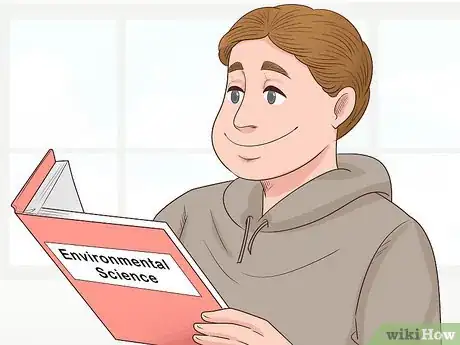
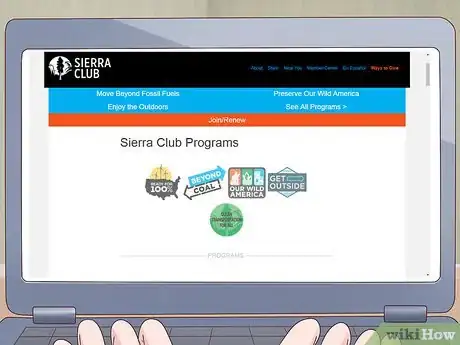

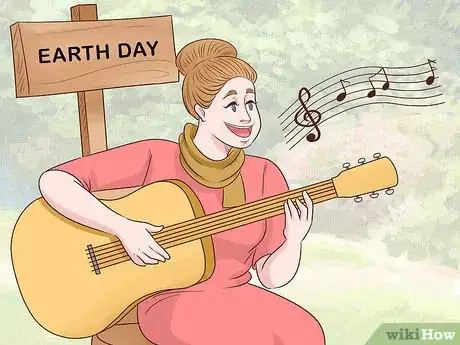
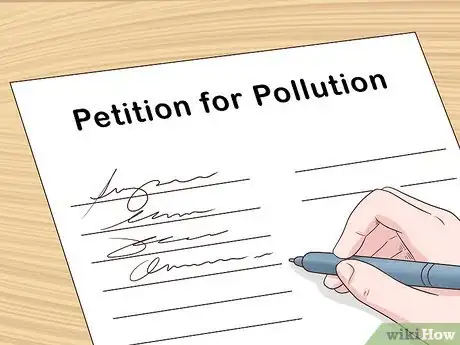
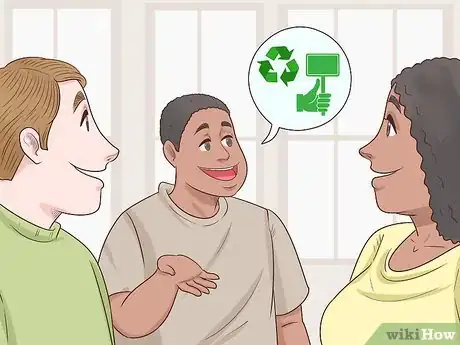
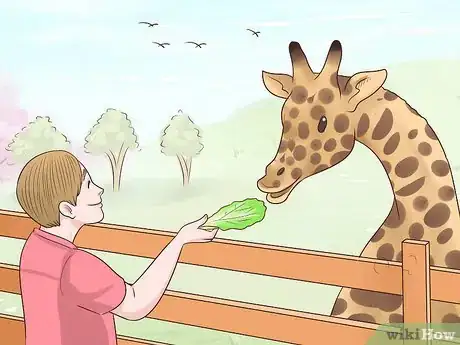
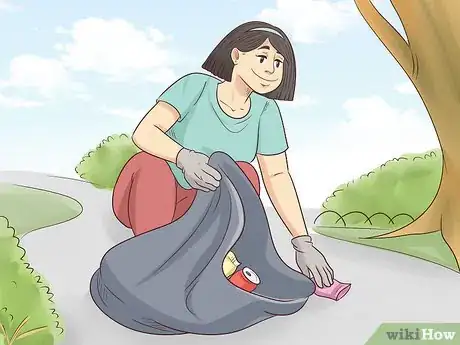
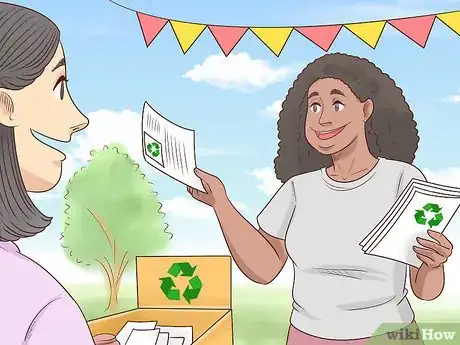
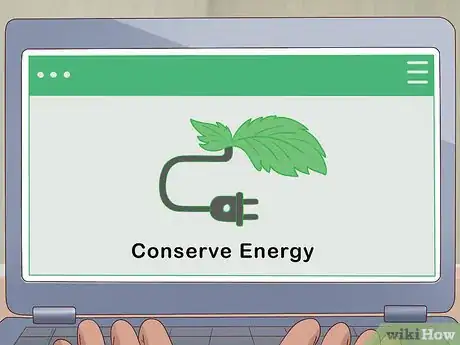
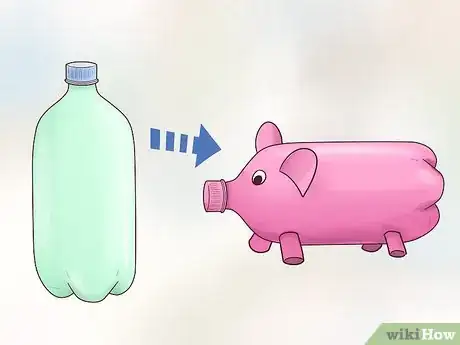
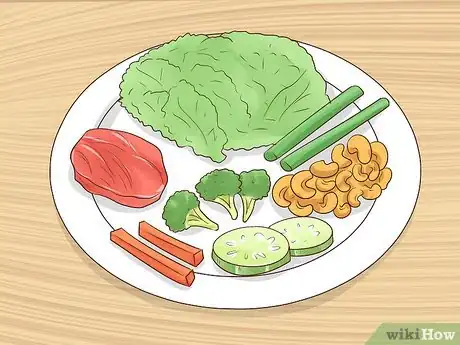
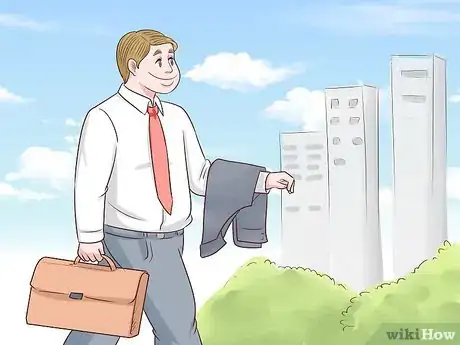
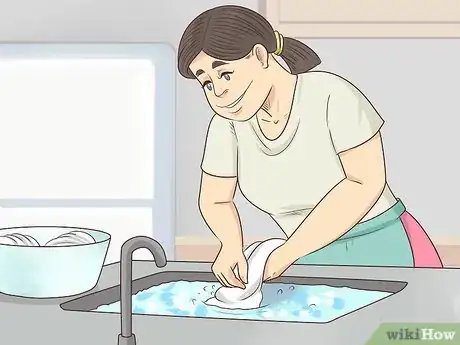


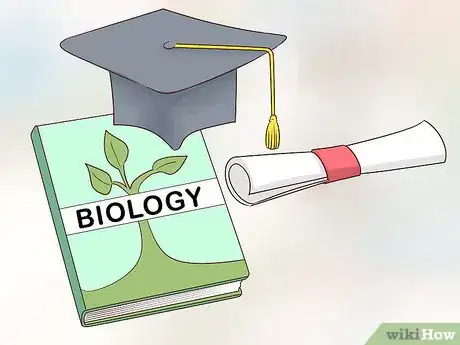



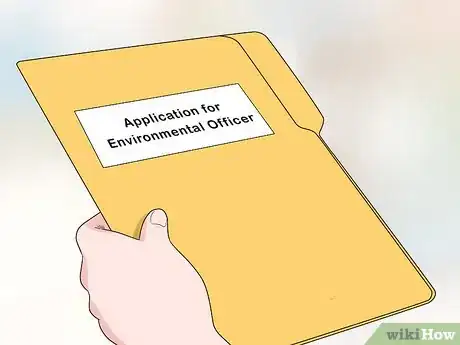
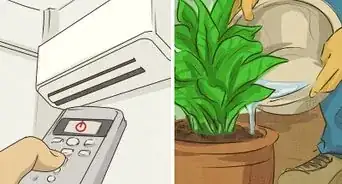
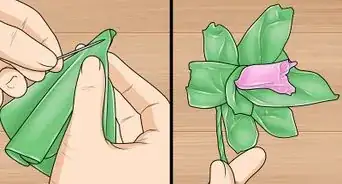



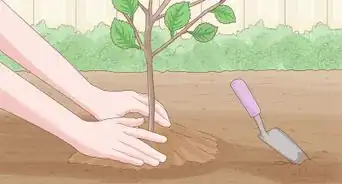
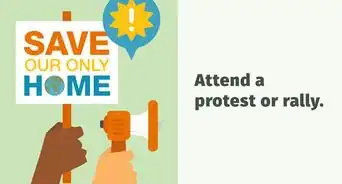
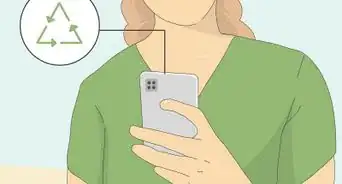

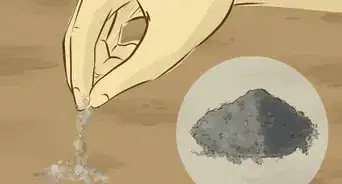
-Step-14-Version-6.webp)
